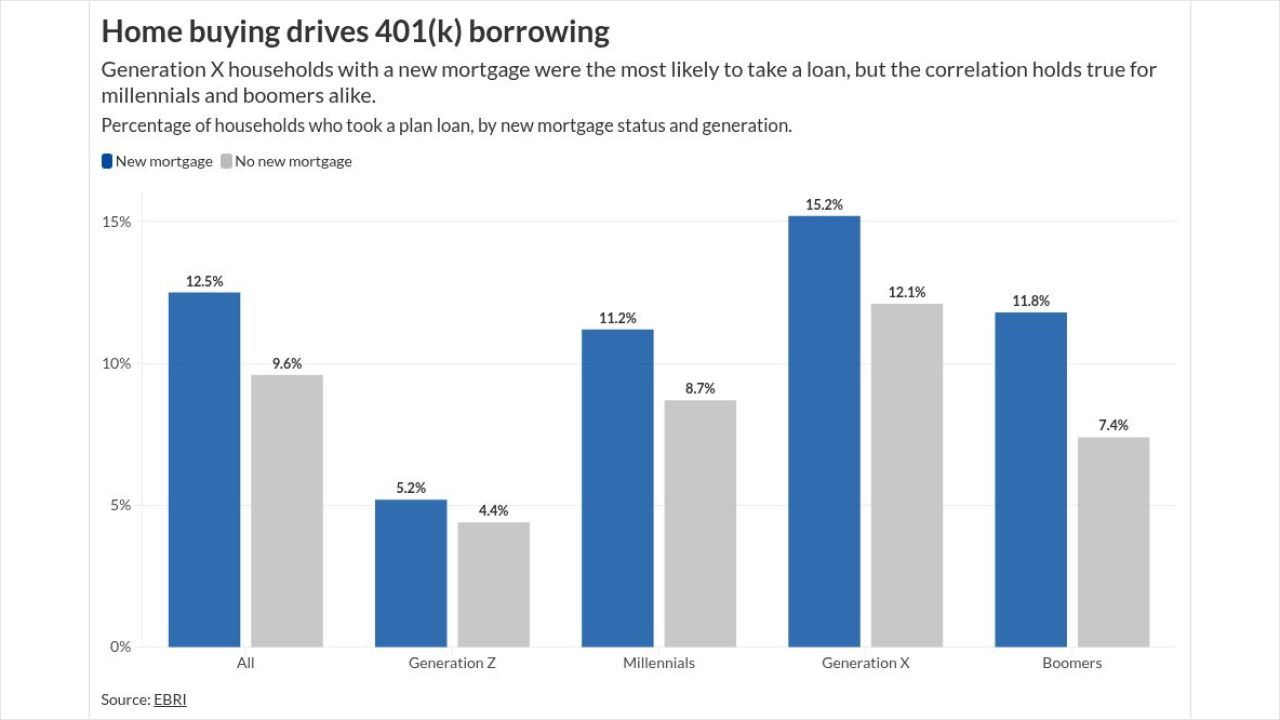The average age of CFPs fell below 50 this year – the first time in nearly a decade –offering hope that an industry dominated by aging advisors might be finally tilting towards a younger generation.
"I think it's a great thing for the industry," says Caleb Brown, cofounder of New Planner Recruiting, which helps place mostly younger planners with established firms. "We need more entrants.That's what it comes down to."
However, he cautioned that the industry needs to know more about what is driving the reduction in the age of CFPs, who make up about 10% of the nation's advisors.
Younger advisors are sorely needed. The average age of CFPs is 49.9, according to the CFP Board. As thousands of baby boomers retire every day, their advisors are aging along with them. Simultaneously there aren't enough incoming planners rising to take their places. This state of affairs has held, despite the proliferation of academic programs nationwide that offer planning coursework and degrees. The jump in newly minted planning degree holders hasn't yet convinced enough existing planning firms to hire many of them, experts say.
"Given industry concerns that there will not be enough talent to fill the advisor jobs of the future, it is a promising development," the CFP Board's spokesman Dan Drummond said in a statement of the age drop.
Admittedly, the reduction is a slight one. The average age of CFPs last year was 50.2, according to the board.
Compare that with the average of 52 years of age in 2011, the first year that the board launched its ongoing multi-million-dollar annual national advertising campaign to publicize the CFP certification to average American investors.
"In addition, we have seen a decrease in the average age of individuals earning CFP certification for the first time, from age 39 in 2007 to 36 in 2015," Drummond says.
By one measure, the ad campaign has doubled consumers' awareness of the CFP, he said. "People are clearly seeing CFP certification as vital to their career and are pursuing CFP certification earlier in their careers," Drummond says.
WHY THE CHANGE?
The jump in younger advisors may be due to a host of different factors, Brown thinks.
Factors include:
- Although the number of planners who sit for the CFP exam has not increased significantly, nearly 20% more people who take the exam today pass it, compared to the test results for 2011 and previous years. In 2012, the board made the exam easier by reducing its duration to one day, from two, and cutting the number of questions. Since that change, roughly 70% of people who take the exam pass, compared with less than 50% in previous years, according to statistics on the board's website. Exam takers tend to be disproportionately younger and at the outset of their careers.
- Anecdotally speaking, a number of older advisors are giving up their CFPs after retiring, given that they no longer want to pay annual fees to maintain them, Brown and other planners say. Depending on the number of older advisors who do so, this factor could be contributing to the drop in the average age.
- An unknown number of usually older advisors also have decided
to drop their CFPs in protest over some of the board's controversial disciplinary practices, which resulted in a lawsuit two years ago.
- The board has helped to expand the number of baccalaureate programs nationwide, Drummond says. More fresh planning graduates means more young CFPs in the pipeline.
"We still have a very long way to go. The public CFP demographics still indicate that there are more CFPs in their 70s than their 20s," says Michael Kitces, FP columnist and Brown's cofounder at New Planner Recruiting. "But even the mere fact that [the average age of CFPs] stopped trending higher is already progress."
Read more:





